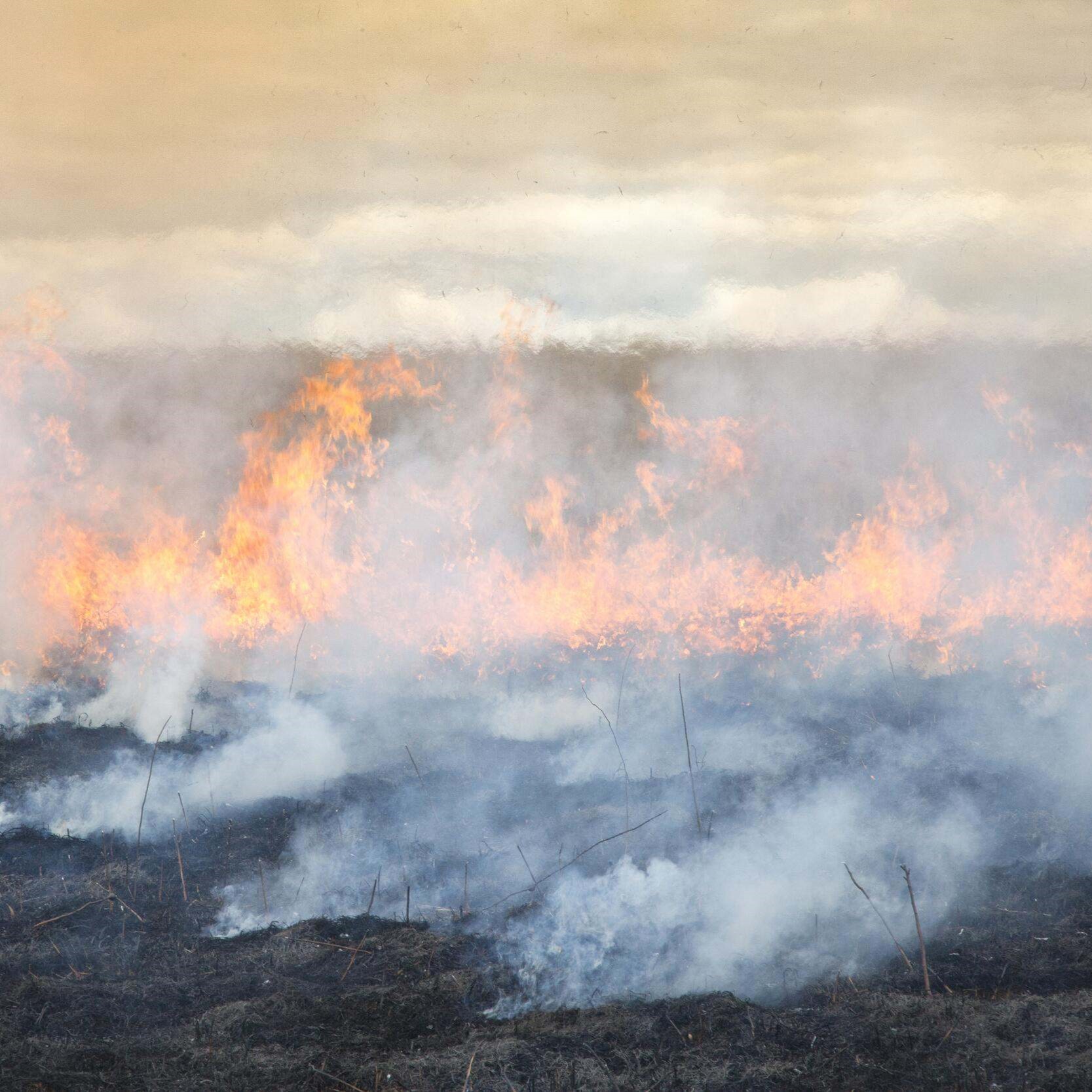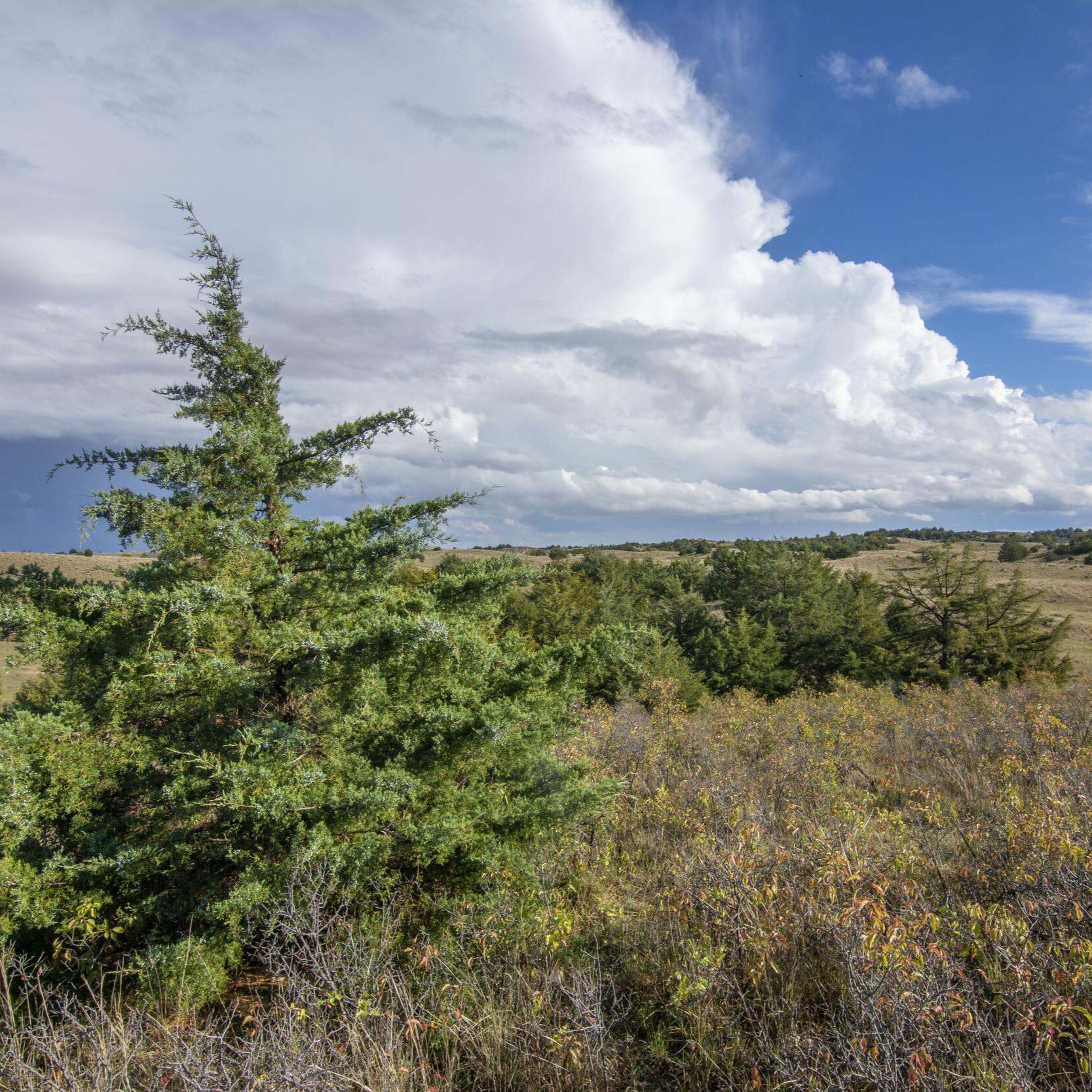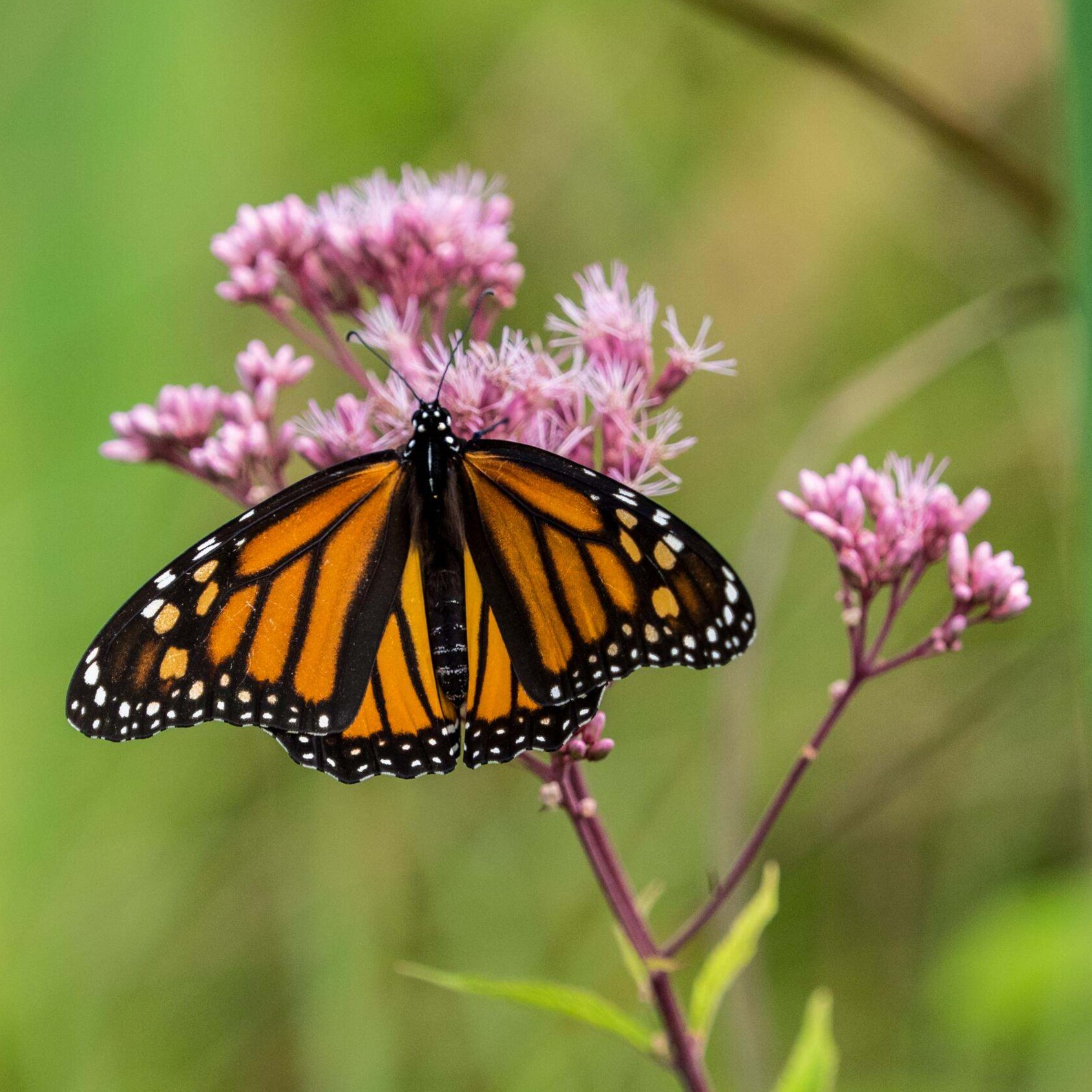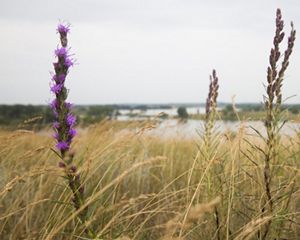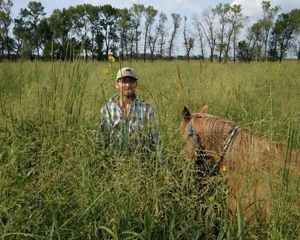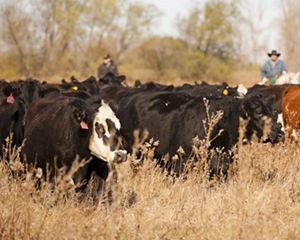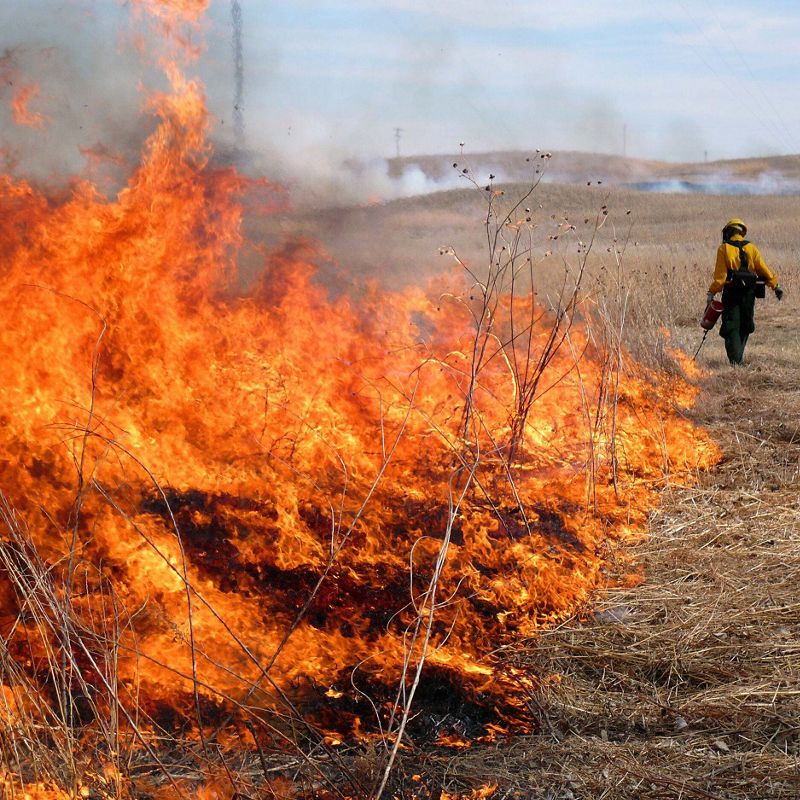
From the ashes, a grassland revival
Our grasslands evolved with fire. We’re helping to bring fire back, safely and intentionally.
Vast grasslands once covered about 110 million acres in Minnesota, North Dakota and South Dakota. Before the U.S. government instituted fire suppression policies, the grasslands of the Great Plains and upper Midwest burned on a regular basis.
Some fires were caused by lightning strikes, while many more were started by Native Americans who used fire to clear the land for agriculture, improve forage for game species, direct game migration and clear brush to ease travel or prevent hostile forces from approaching unnoticed.
Sign up for Nature News
Get updates from The Nature Conservancy.
In the 1800s, U.S. policy and westward expansion of settlers spurred more than a century of fire suppression, which damaged the ecosystem. Fire helps maintain grassland health and vigor. It reduces the leaf litter that accumulates each year, allowing sunlight to penetrate and stimulate new growth. Fire also warms the soil, increasing microbial activity, which releases nutrients from decaying plant material that new grasses and flowers need to grow.
After a fire, blackened fields quickly come back to life with new, green grasses like big bluestem and abundant, showy wildflowers, like purple coneflower and blazing star. Indeed, hundreds of Minnesota, North Dakota and South Dakota’s plant species would be lost without fire.
Quote: Matt Graeve
It is imperative that we acknowledge and restore fire as a necessary part of natural systems.
Fire at The Nature Conservancy
The Nature Conservancy’s first prescribed burn was conducted right here in Minnesota at Helen Allison Savanna in 1962. Today, the Minnesota, North Dakota, South Dakota chapter has one of the largest fire programs at TNC, burning approximately 25,000 acres each year.
We have a goal of conserving 100 million acres of grassland across the Great Plains, and fire is a key part of our strategy to get there. But we can’t do it alone.
The benefits
Fire is a natural part of grassland ecosystems. In fact, these ecosystems depend on routine fire to thrive.
-
Prevent wildfires
Regularly applied fire can reduce the intensity of a wildfire. Without fire, leaf litter builds up over time. If an unplanned fire sparks, it can be much more severe and difficult to control if a lot of fuel has built up. Learn more about wildfire prevention >
-
Control the spread of trees
Fire, often paired with cattle or bison grazing, is used to control trees, woody shrubs and invasive species. After a fire, grazing animals are attracted to the lush new growth in a burned area, helping to prevent new woody plants from returning. Learn more about the risk of tree encroachment on grasslands >
-
Provide food for pollinators
Fire increases wildflower diversity in grasslands, which benefits pollinators like butterflies and moths, and provides a variety of food sources throughout the growing season. Learn more about the importance of grassland diversity >
-
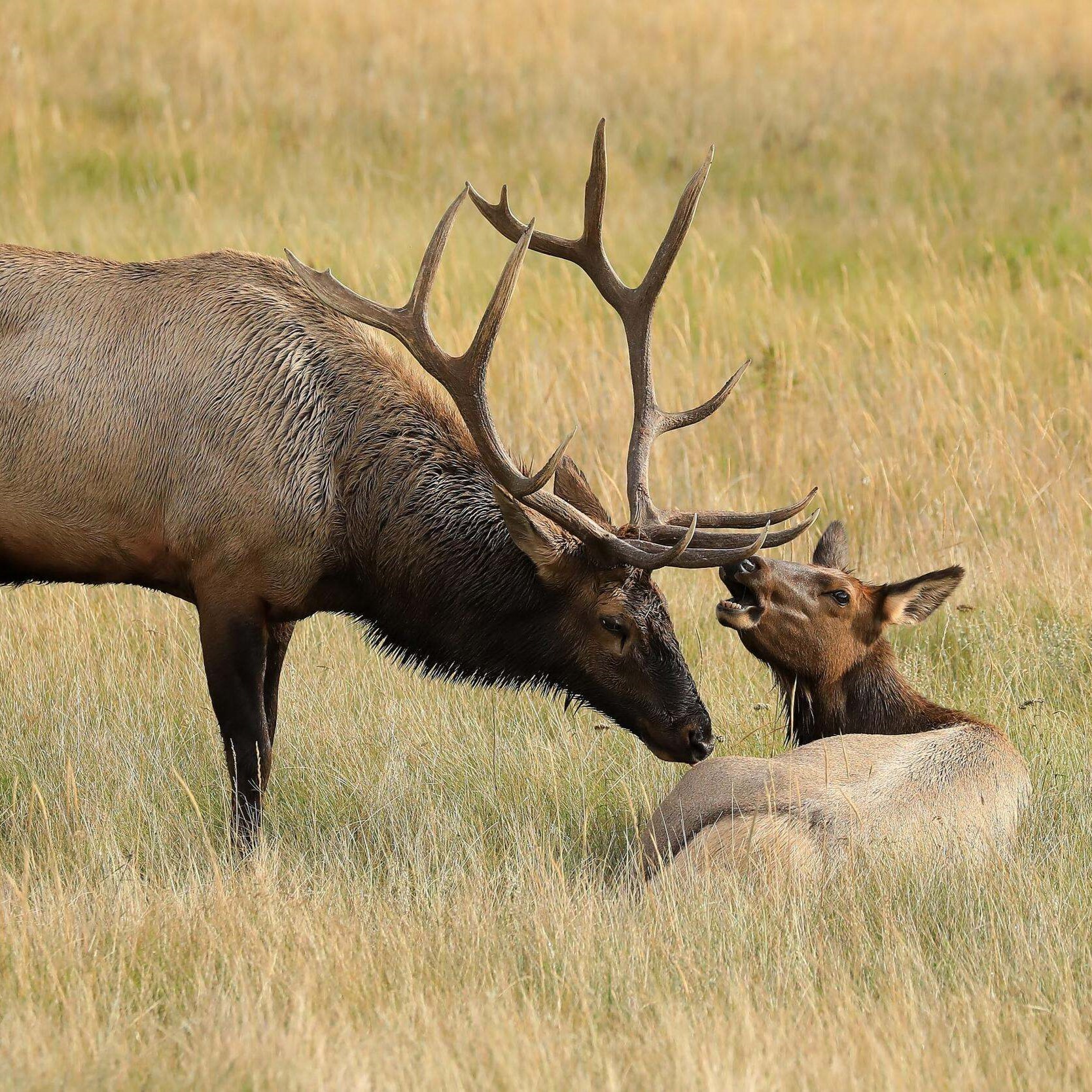
Sustain critical habitat for wildlife
Fire is essential to maintaining the habitat of species like elk and other game species. It also improves habitat for grassland birds, like meadowlarks and dickcissels, whose populations are declining dramatically across North America. Meet an iconic prairie bird that is endangered due to grassland loss >
It's safe!
Prescribed burns are conducted by a team of highly skilled professionals and volunteers, led by a burn boss who organizes and supervises the event according to a written plan and schedule.
How to have a safe burn
We employ four strategies in every burn to keep the fire under control.
-
Make a plan
Fire will only be ignited under safe, manageable conditions. The burn boss must consider weather conditions, like wind speed and direction and relative humidity. They predict how a fire might behave and identify the crew and equipment needed to manage the fire, making back-up contingency plans and setting other specific guidelines for the burn.
Good fire takes teamwork
Many government agencies and nonprofits like TNC are working to conserve the grasslands in Minnesota, North Dakota and South Dakota, despite limited resources. It is crucial that we work together to have the biggest impact.
TNC collaborates with agency partners including the National Park Service, U.S. Fish and Wildlife Service, U.S. Forest Service, Minnesota Department of Natural Resources and with private landowners to share information, provide training opportunities and implement burns.
Have we kindled your interest? If so, dive deeper:
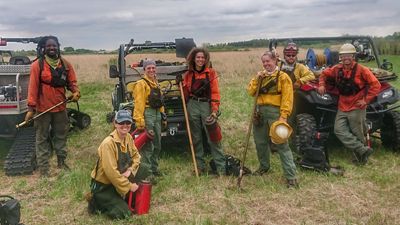
FAQ
-
We ignite fires based on carefully developed fire plans and under pre-determined weather conditions to reduce fuel, control brush and reintroduce a natural disturbance to a fire-dependent landscape.
-
A highly trained burn crew led by a burn boss will only ignite a fire when conditions are safe and manageable. The team sticks to a burn plan, creates back-up contingency plans and sets other specific guidelines for the burn. The burn crew members establish firebreaks and a specific fire ignition pattern to restrict the fire to the targeted area.
During the burn, they continuously patrol the burn unit and its firebreaks, watching for potential hazards. They use wildland firefighting equipment when needed to keep the fire within the burn unit boundaries. Emergency fire suppression equipment is stationed at each burn to quickly extinguish the fire if weather conditions change or the fire threatens to escape control.
-
Extensive research shows that fire helps cycle nutrients and reduces the invasion of less desirable fire-sensitive species such as non-native buckthorn and native cedar trees. Fire can also improve the vigor of native grasses and flowers that evolved with fire.
Because these fires are relatively small and slow-moving, most wildlife can easily escape the flames by moving to adjacent areas or hiding in underground burrows. Some birds fly away, while others, such as hawks, may soar overhead, hunting for small prey flushed out by the fire. Some mortality of small animals may occur during fires. For this reason, land managers conscientiously burn small units at a time, which allows small animals to find refuge from fires and enables recolonization of burned areas from these refuges after the fire.
It is important to realize that while burning may lead to short-term loss, fire managers look at habitat and wildlife management over the long term. Routine burning is essential for preserving habitat for many grassland wildlife species.


